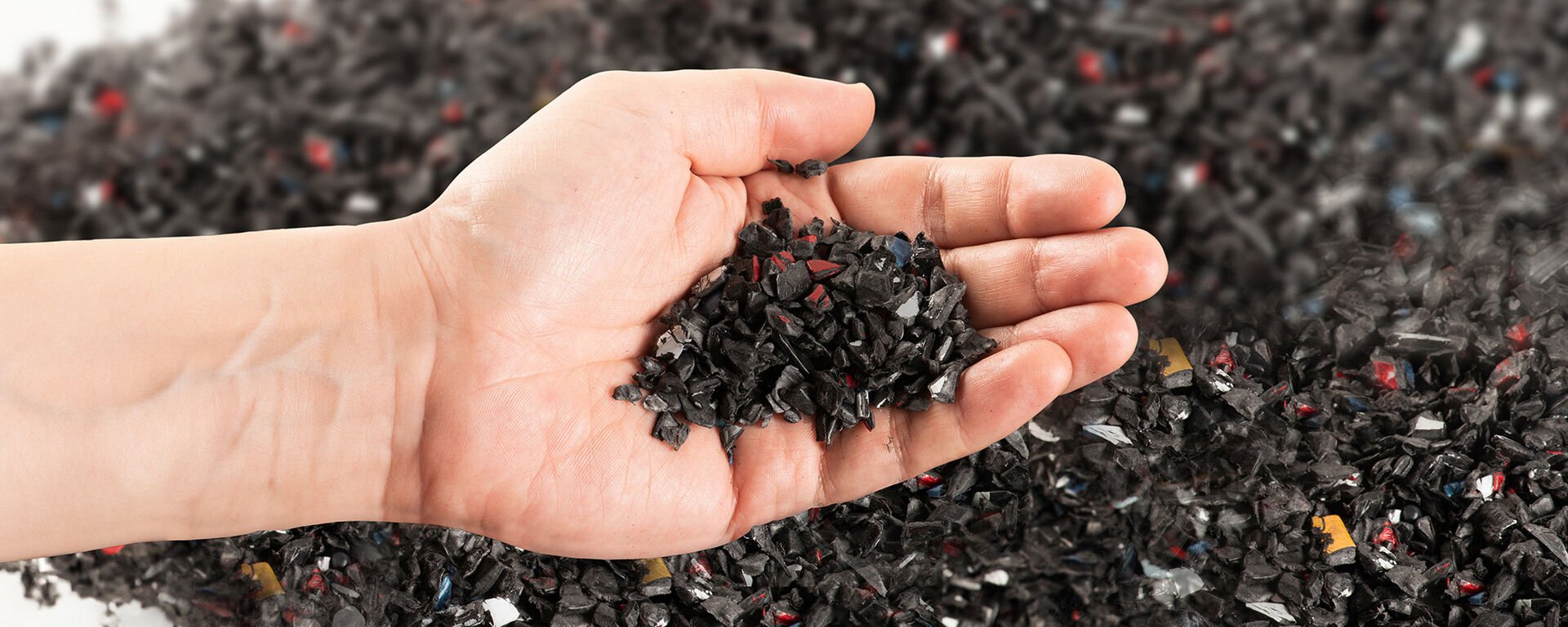Sustainable strides
This planet is a shared resource, and a shared responsibility. At Otter Products, we’ve taken concrete steps to reduce our impact, enhance our processes, and improve our stewardship. Not because we had to — because it’s the right thing to do.
In house
Our first efforts focused on the area where we have the most control — actions inside our own four walls. After an extensive internal assessment of our practices, we identified and eliminated waste, from the breakroom to the warehouse to the boardroom. For example, our distribution centers are now recycling more than 80% of the scrap they produce, diverting 500,000+ pounds from landfills in 2023.
We’ve also made moves to minimize our battery and eWaste footprint by joining the national Call2Recycle steward program. Stations in all our buildings take everything from our power products to a basic AA to an iPhone 15, which then get shipped out for reuse. It doesn’t end there. We’re also part of a nationwide effort to recycle batteries by supporting drop-off stations in retail locations around the United States.
In product
We earned our reputation building reliable, long-lasting mobile accessories that can take a thrashing — without ending up in the trashcan. Today, roughly 50% of the plastics used in our most popular designs are recycled.
By the end of 2023, we estimate that we will have repurposed more than 4.6 million pounds of recycled content.
And the count keeps growing. Using recycled materials has an added benefit — it cuts carbon emissions by at least 30% of what virgin plastic processing and manufacturing produces1.
There are many paths to curb our impact, and we had to make a choice: take the trail of composting or the road of recycling? With composting, there’s a short-term benefit of not necessarily adding waste. Yet they require new materials for production and industrial composting to break down. We believe there’s an alternative solution to help reduce pollution. By building an eco-friendly phone case using recycling, there’s a long-term impact of pulling existing materials out of the environment, giving them a second life.
In package
What’s inside our recycled phone cases is important. What they ship in is equally significant. That’s why we redesigned our retail packaging to replace nearly all plastic with materials that are fully recyclable and ready for your at-home blue bin.
How we get our products onto shelves has changed as well — our new packaging takes up a lot less space on a shipping pallet. That lets us stack more cases, screen protectors and power products into each load, which reduces delivery emissions.
On the horizon
There is no single end goal for making sustainable phone cases, no number we’re trying to hit because there are always ways to improve. And that’s our focus — continually questioning how we can build smarter, run leaner and be a greener brand. For us and for you.
1https://stanfordmag.org/contents/the-link-between-plastic-use-and-climate-change-nitty-gritty
- Our distribution centers recycle more than 80% of their scrap, diverting 500,000+ pounds from landfills in 2023.
- Roughly 50% of the plastics used in our most popular designs are recycled.
- Estimated that 4.6 million pounds of recycled plastic will be repurposed by the end of 2023.
- 30% cut in emissions by using recycled instead of virgin plastic.
- Packaging contains nearly no plastic and is curbside-bin recyclable.





